Do you want more qualified leads?
Twitter can generate qualified leads at a lower cost than most of the other major ad platforms. Its true! But not if you follow Twitters instructions.
Why? Because Twitters advice for creating lead generation cards is completely wrong.
In this post, youll discover my unusual six-step strategy for using Twitter lead generation cards for ludicrously successful lead gen.
Please note: this article was first published on the Wordstream blog last week, and it was so darn helpful that we wanted to share it here.
Step 1: Set up Conversion Tracking. Just do it!
This is kind of buried in the user interface, but its actually the most important thing you need to do. Without conversion tracking set up youre blind.
All the major platforms, except for Twitter, have a universal tag where you put in one tag on your site so you can figure out the conversions just by typing in the URL.
But on Twitter you have to create different JavaScript tags for each thank you page. Each one gets a name and you can categorize the type (download, purchase, sign-up) so that you can report on it later.
Im blown away how many people forget this critical step. Basically you need to define a different conversion pixel for every goal completion on your site so that you can track whether everything is working.
Step 2: Choose your Twitter Ads campaign type wisely
There are six pay-per-performance campaign types, depending on your marketing objective. You specify the most youre willing to pay for each type of campaign.
Why not just specify $0.01 as your cost per action? Well, basically if you set the bids too low, youll get no impressions. Its an auction. Chances are other Twitter advertisers are willing to pay more than a penny.
The more youre willing to pay, the more likely your ads will be shown. You have to figure out what its worth to you; Twitter will figure out how much quantity youll get for that amount.
As for the campaign types, even though tweet engagements are the most popular type of ad campaign, they offer the absolute worst ROI. Avoid like the plague!
Why? Twitter charges per engagement. This includes engagements such as a person viewing your profile page, expanding your image, expanding the tweet from the tweet stream, or clicking on a hashtag. Twitter will love taking your money, but these campaigns wont help you achieve any of your marketing objectives as you waste your budget.
What you should really be interested in paying for is website clicks, app installs, followers, leads, or actual video views.
Step 3: adjust your Twitter Ad targeting options
At the basic level, you can simply target Twitter users by location, gender, and language.
Twitter also provides somewhat more advanced options:
These advanced targeting options include:
- Keywords: You will target specific searches or users who use with certain keywords in tweets.
- Followers: You will target accounts of people with interests similar to followers of those accounts. For example, entering @SMExaminer will target people who are likely to be interested in social media.
- Interests: You will target users interested in any categories you enter.
- Tailored audiences: This is the crown jewel of Twitter advertising. Remarketing and custom lists are so powerful. Spend here first! Tailored audiences offer the best ROI because you have certainty over who youre targeting. People who are more familiar with your brand are more likely to buy its your lowest-hanging fruit.
- TV targeting: You will target people who are interested in a specific program, TV network, or TV genre.
- Behaviors: You will target users who share specified online and offline behaviors and characteristics.
- Tweet engager: This is a brand new option its kind of like remarketing for Twitter. Its targeting people who interacted with your tweets in the last few days. If you have a business where you need to get lots of people really excited about something (like a political party trying to energize the base ahead of an election), then this can be a powerful type of targeting.
- Event targeting: You will target people who are interested in global or regional events.
Step 4: Create your ad But DONT use Twitter lead generation cards!
Now its time to create your lead gen ad. Twitter tells you to use a lead generation card. WRONG!
Never, ever use Twitters Lead Generation Cards for lead generation. I have run thousands of campaigns and the lead generation cards consistently lose and lose badly.
Even though it has a nice layout with customizable call-to-action buttons like buy now and all sorts of fancy bells and whistles, it looks more like an ad. Twitter people are allergic to advertising; when they see a Twitter ad it makes them want to click on it less!
If something looks like an ad on Twitter, users will ignore you! That means lower engagement and 2-4x higher costs.
Instead you should just attach a funny photo. Use images that have done well organically to save money.
Go nuts on the image you choose. Dont be afraid to be a bit snarky or goofy. Use funny images or memes, even if it means going a bit off-brand. Twitter is a place where youll be rewarded if your brand shows it can have a bit of fun (within good taste, of course), or youll be ignored if you go all corporate.
And of course, use emojis to further increase engagement rates by 30%.
Step 5: Set Bids No Automatic Bidding Allowed
Okay, first: Never ever use Twitters Automatic Bidding. Its for suckers.
Automatic bidding will make sure your budget is spent very quickly. Sure, it helps you win ad auctions, but you dont really have to or want to win every auction.
Keep in mind its not like search advertising where youre bidding on rare priceless keywords that get searched on 10 times per year. This is display advertising and there are plenty of ad spots available to buy.
Always use maximum bidding. For most companies doing lead generation, its not the end of the world if the lead comes in tomorrow vs. today.
The only time you would use automatic bidding is if you need to promote something heavily and you need those ad impressions today (e.g., you have a 24-hour sale) or if youre targeting a very tight audience, maybe 1,000 people. In these cases, then you do have to use auto bidding or just bid really high.
Okay, so how the heck do you set bids? Its seriously complicated its pretty much rocket science.
You need to use The Force.
Basically, youre trying to get as many impressions as you can for as little money as possible. If you bid too low your ads wont show. But if you bid too high your budget will die.
When you bid too high, youre essentially paying for premium next-day air service when usually (99% of the time) a regular postage stamp will suffice. Youre paying much more for the same clicks in order to be delivered faster.
Twitter has a tool that shows how your reach changes based on different maximum bid amounts.
Ignore! Ignore! Ignore! Its completely wrong. Even when it says I will get no impressions, I get millions of impressions. It is just trying to get you to raise bids.
Ive reverse-engineered the Twitter ad auction. Basically Twitter determines if your ads show or not based on your effective CPM. (Your max bid times applicable predicted engagement rate). So if your bid is $1 per click and youre doing a click campaign using an ad that is averaging a 1% click-through rate, then your predicted effective CPM is $10.
To win more ad auctions, you have two choices: either bid more or post higher engagement stuff.
I love promoting high engagement tweets (15%+ engagement rates) with very low maximum CPCs (5-10 cents). The higher the engagement, the less youll need to bid for your ads to be eligible to show.
Step 6: Report. Rinse. Repeat
Your last step is to figure out how things did. You can get detailed information about exactly what happened after spending money on Twitter ads: clicks, retweets, followers, conversions, etc.
In the above campaign you can see that we were able to generate 440 downloads for just $6.50 per action. Thats extremely cost-effective compared to other marketing channels. In comparison search ads in this vertical can cost closer to $5 per click (not per download).
Delete campaigns that arent working. Double down on stuff that works. Repeat.
Conclusion
Twitter can be very powerful. For example, Twitter ad campaigns can deliver a great return on your investment once you master the Twitter ads quality score algorithm.
But you have to avoid the pitfalls (hello, Tweet Engagement campaigns!). When it comes to advice, Twitter cant be trusted. Forget everything Twitter has tried to tell you about lead generation. Ignore Twitters best practice advice on bidding, creative, audience targeting, campaign types and pretty much everything else.
Instead, do Twitter lead generation my way. The RIGHT way. :)

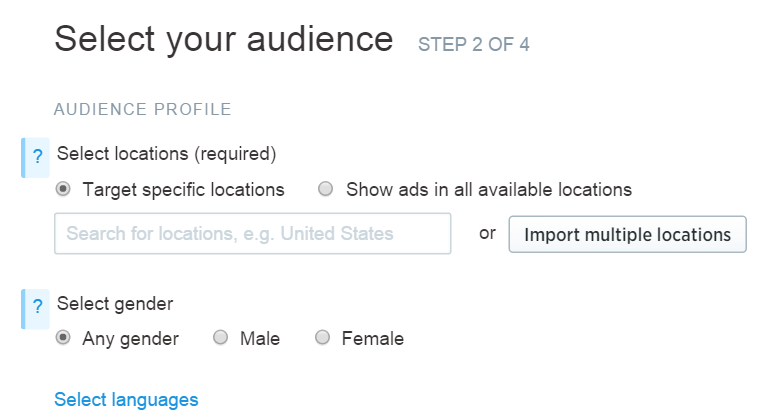
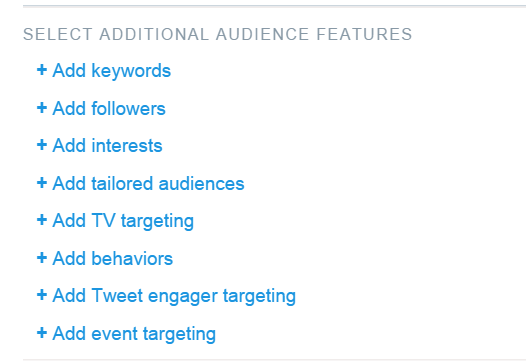

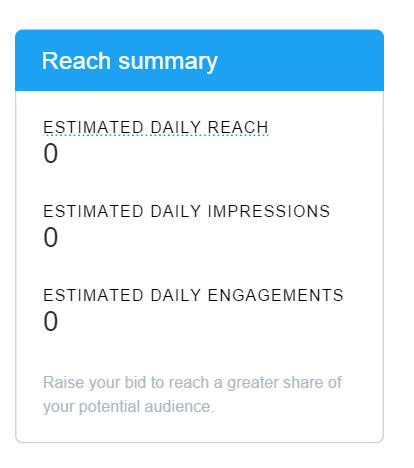
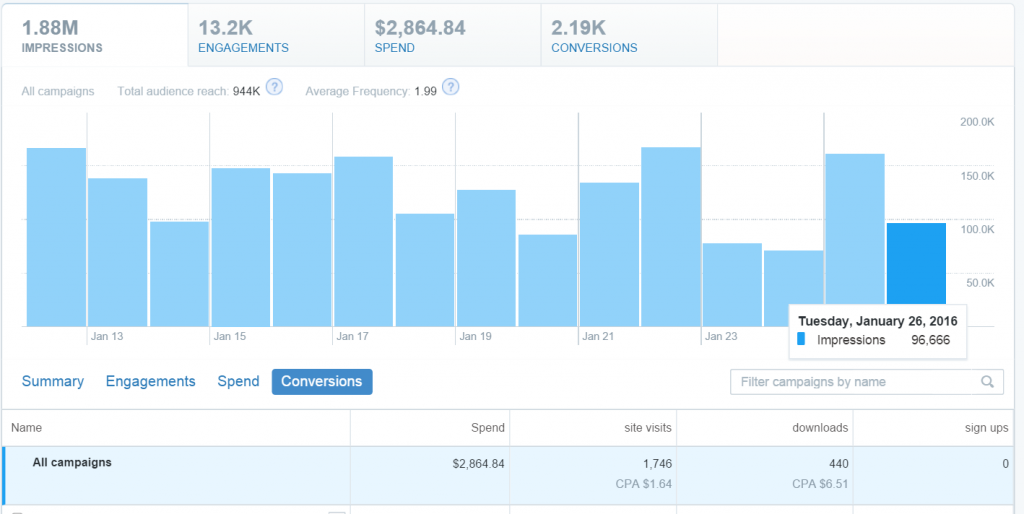
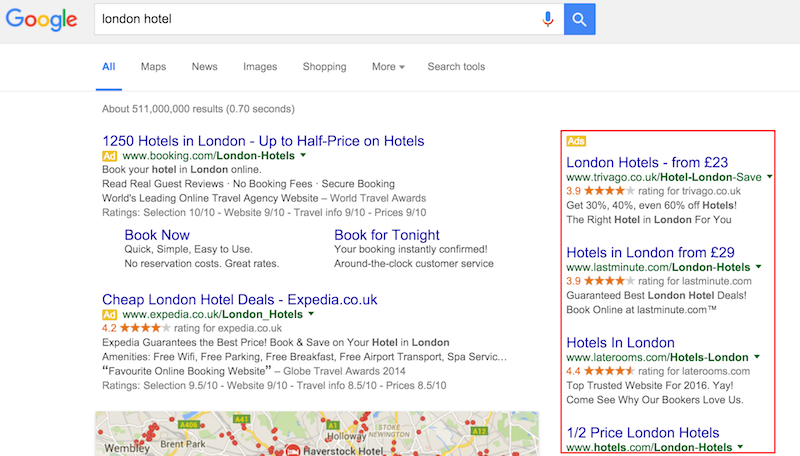
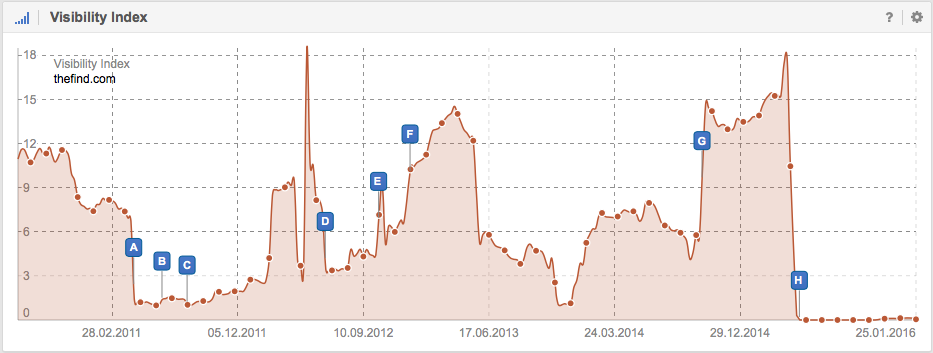


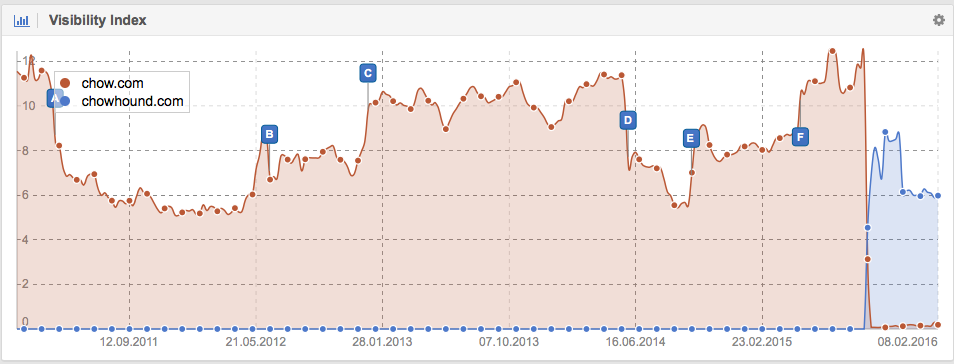
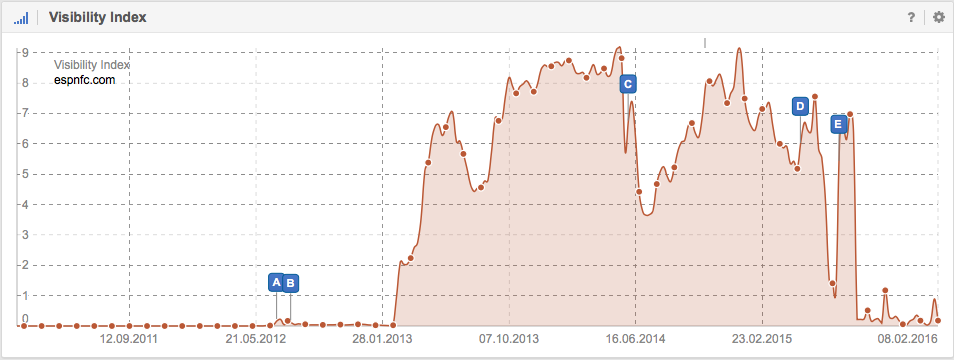
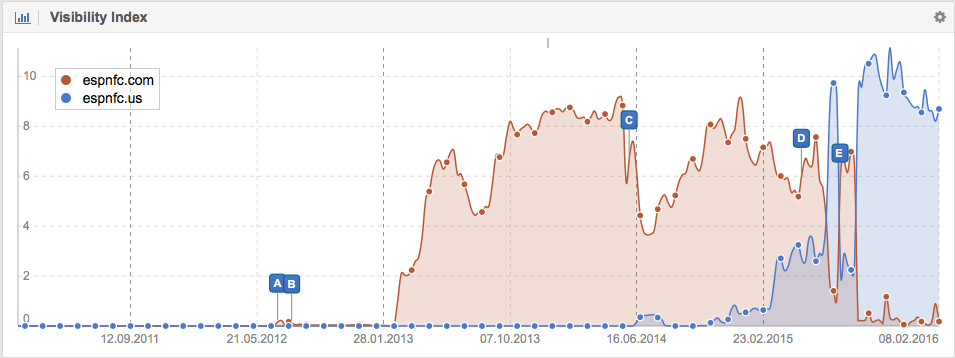
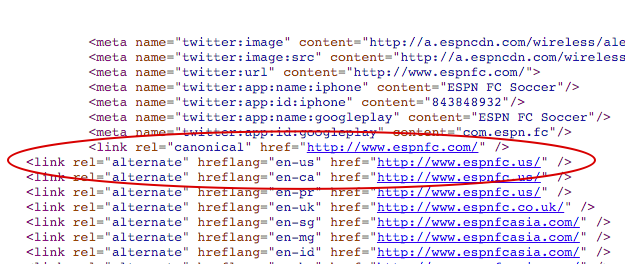
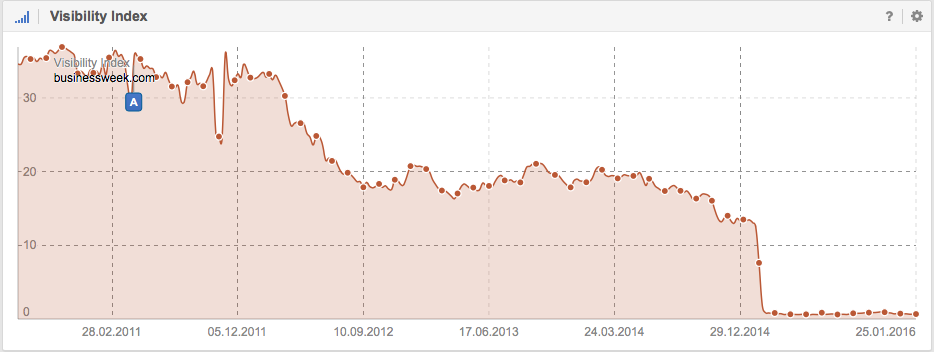
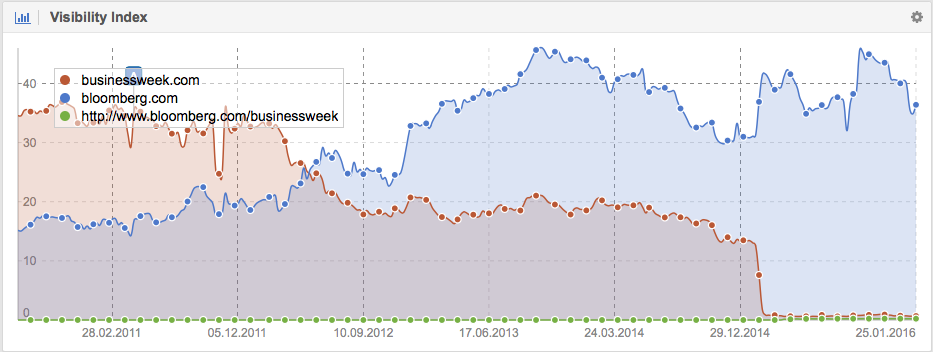


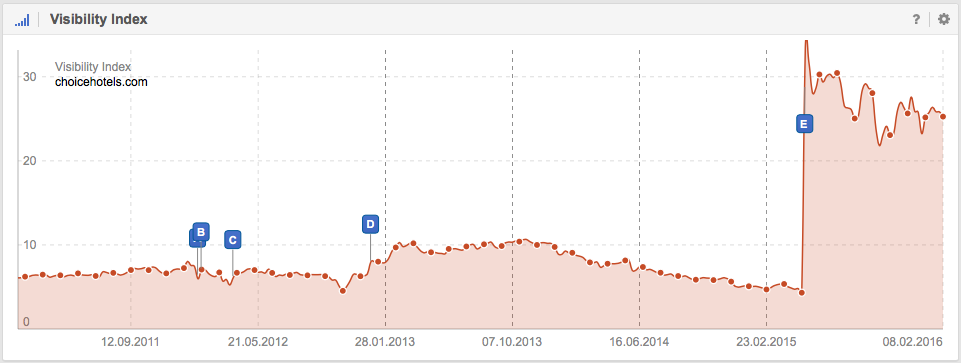

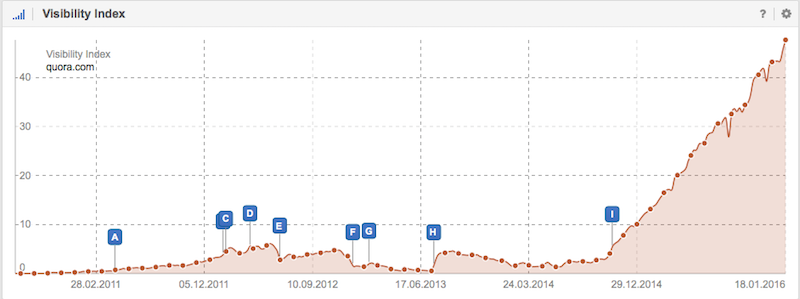

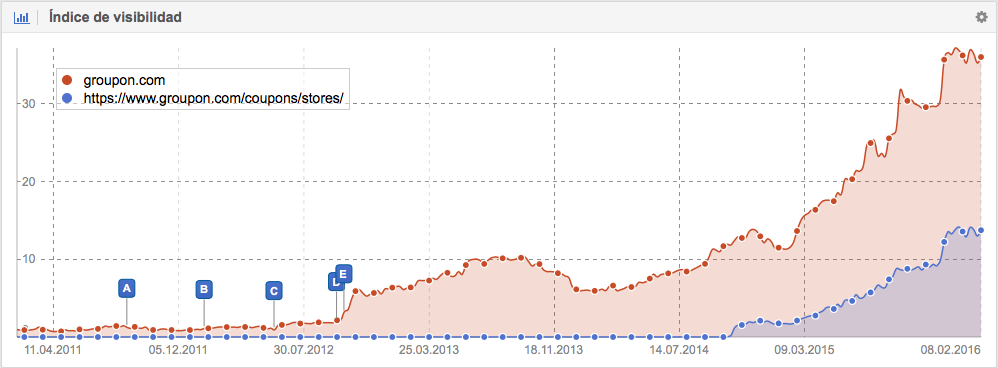
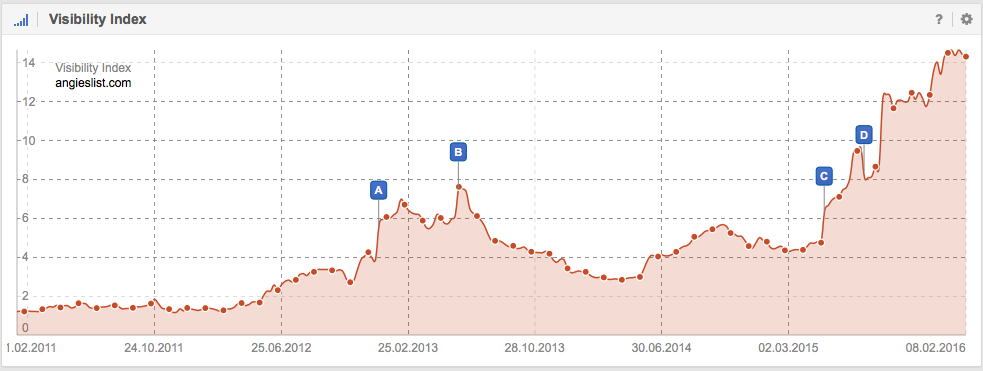
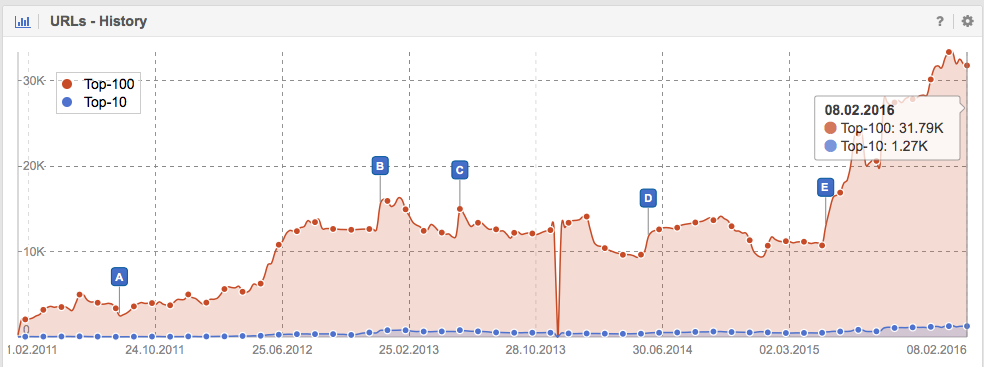
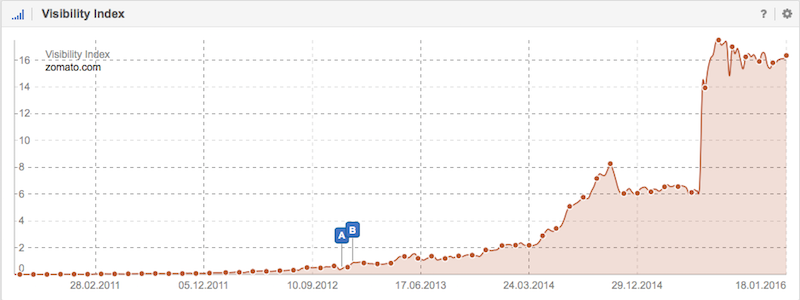
 12 weeks of keyword rankings history in Moz Analytics -- a limitation until today
12 weeks of keyword rankings history in Moz Analytics -- a limitation until today